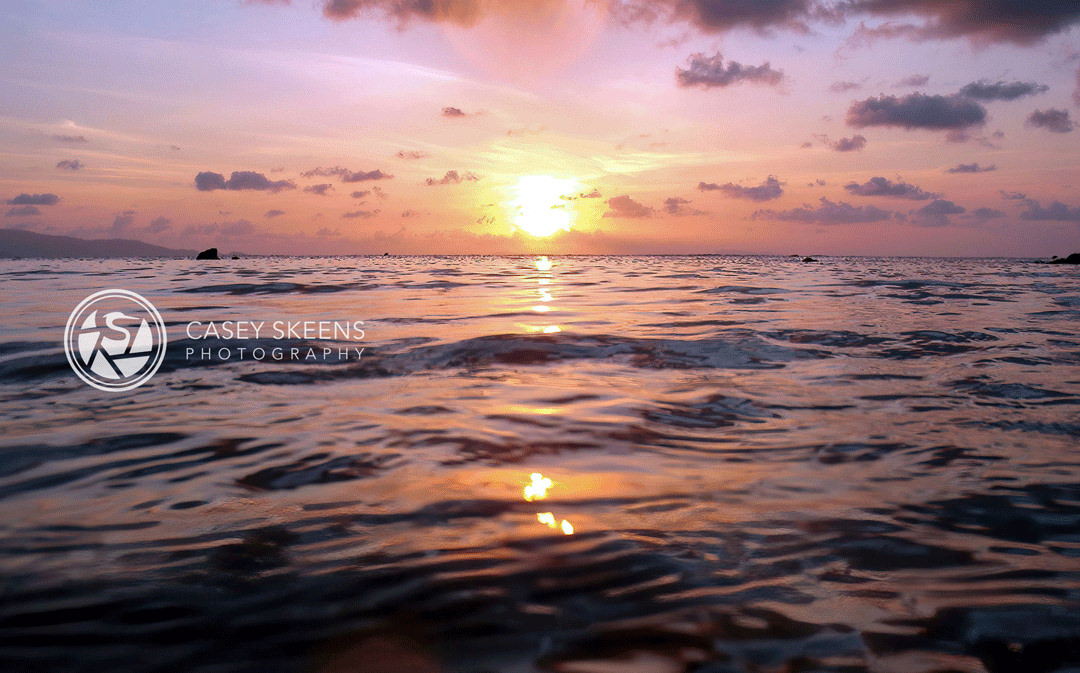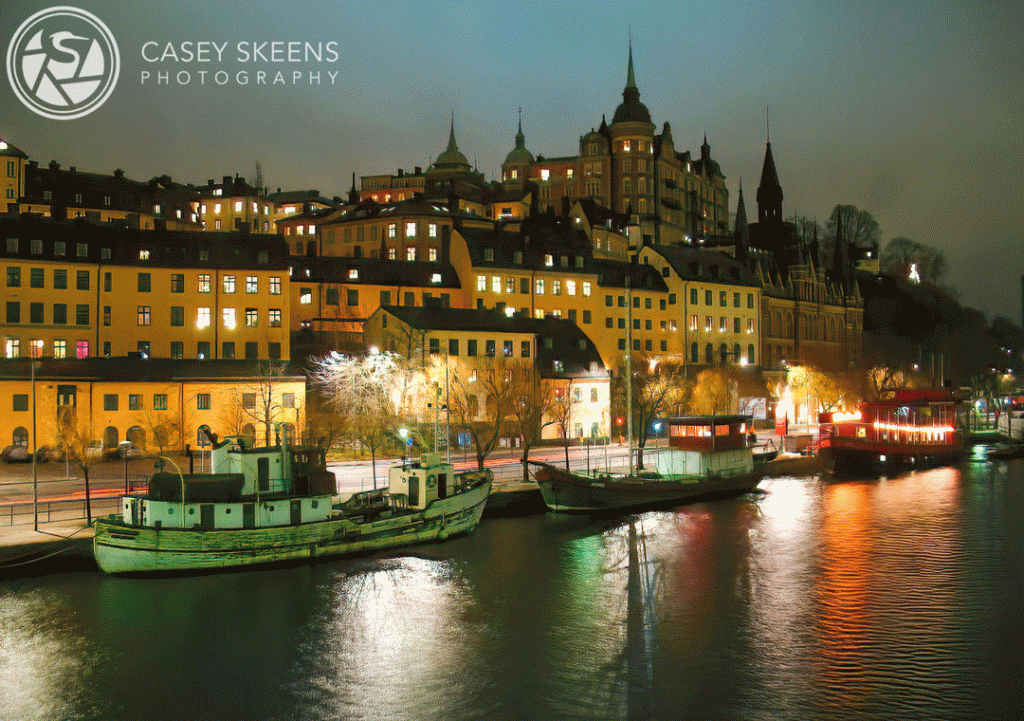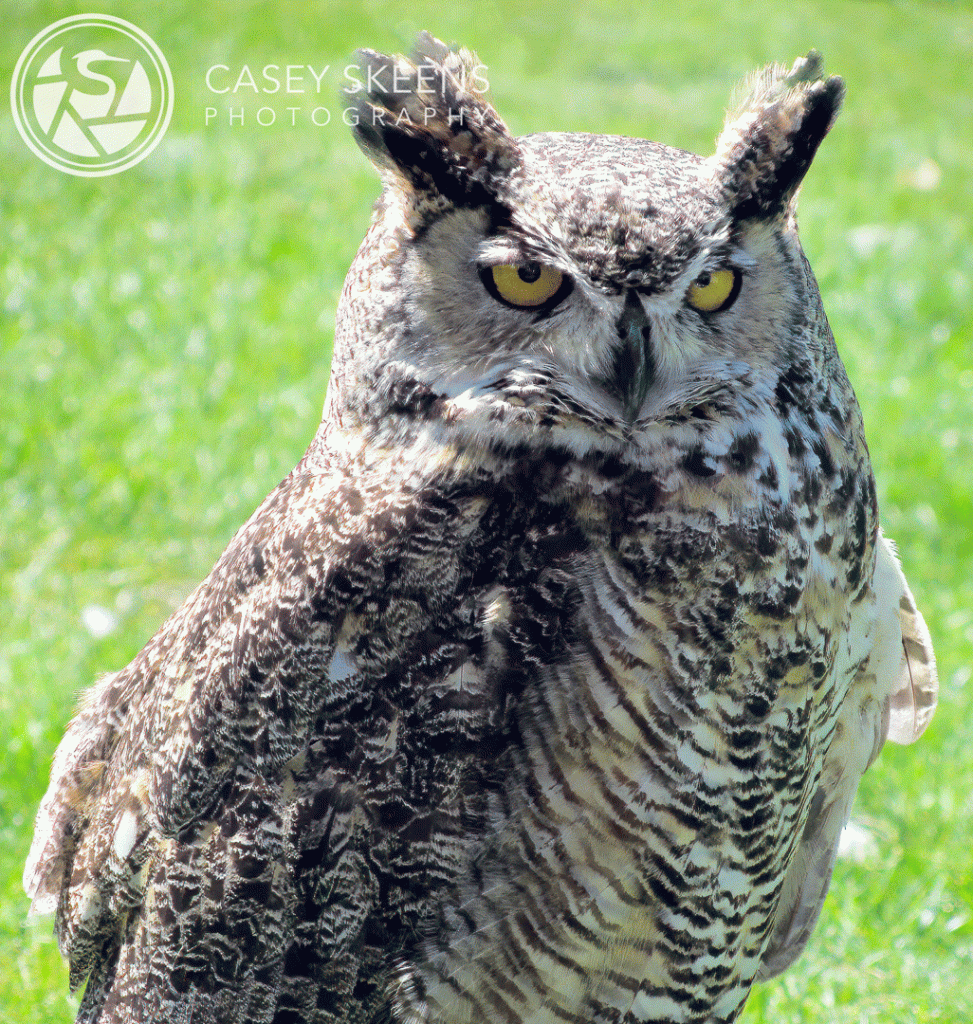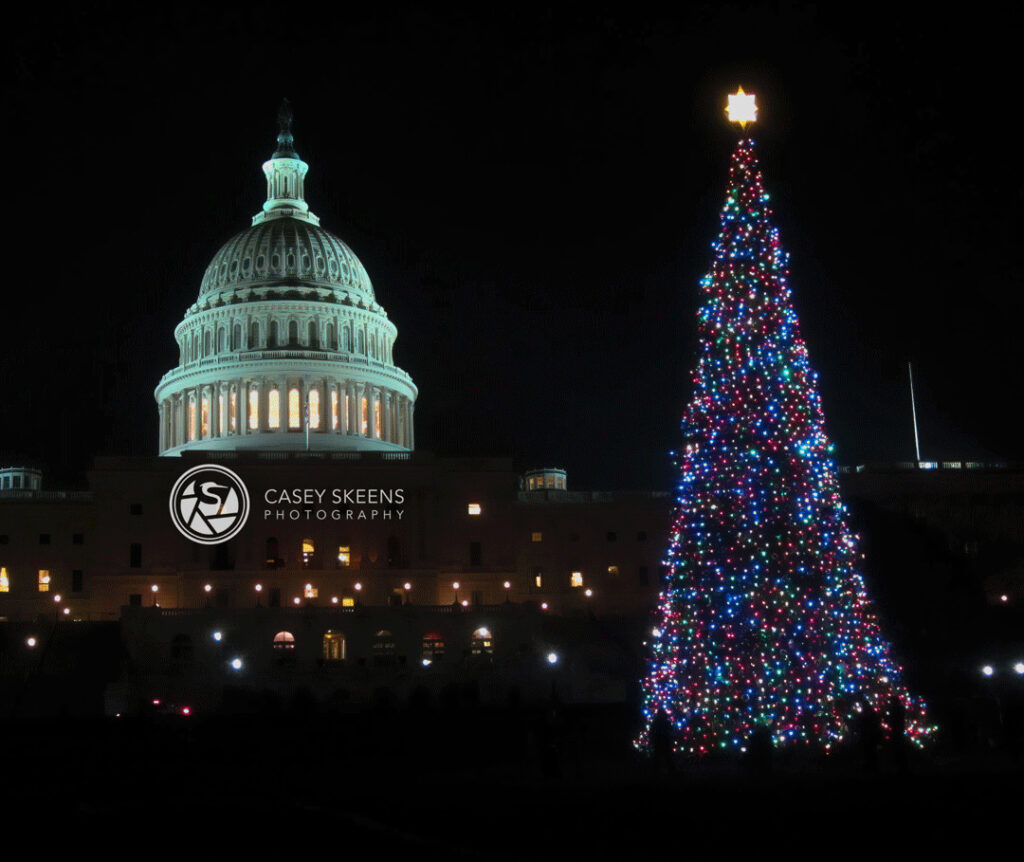
A great natural setting and all the right gear are just the first steps in preparation for your journey as a photographer. Timing is everything. Here, we’re not talking about the moment when you click the shutter and capture a smile or a sequence in the nick of time, but rather the time of day when you plan to shoot.
Known as the ‘magic hour’ or ‘golden hour’, this is when the sun is close to the horizon in the morning and evening when the colors are soft and warm. This means that you can capture stunning colors without additional filters.
When Is The Best Time To Take Photos?
Ideally, ‘golden hour’ is the window of time just before sunset, and just after sunrise. The ‘golden hour’ is not strictly 60 minutes long – it can be longer or shorter, depending on where you are in the world and what time of year it is. At this hour, the sun’s light is soft and warm, bathing everything in sight in its radiant glow. It’s all about the promise of a new day, or the serenity of a day completed.
More blue light is scattered when the sun is low in the sky, so the illumination of the objects in your lens will come from indirect light from the sky, known as diffusion. The sun’s low angle will create longer shadows, which can be fun to work with if you’re not too mesmerized by the golden glow of your surroundings.
Photographing during these times will lend a pinkish glow to your photographs – an effect that is often difficult to recreate in post-production. Practicing your landscape photography gives you an excuse to get up early and shoot just after sunrise. It’s a common occurrence for wedding photographers to usually aim for sunset’s golden hour.
‘Golden Hour’ Photography Tips
- If you’re photographing people, it’s worth bringing a 5-in-1 reflector to bounce off any extra light available onto your subjects. Props are also handy, and so is an action plan or list of images you’re wanting to take.
- Light conditions change quickly when the sun is rising or setting, so be mindful of your camera settings before you start your shoot so that you can shoot efficiently as you start to lose soft light.
- Bring along a flash to cheat the ‘golden hour’ moment if you’re losing light quickly.
- Often, a beautiful sunset or sunrise can end up distracting from the subject of your photoshoot. Remember to keep this in mind when photographing and keep your backgrounds simple, with minimal distractions.
- Work with objects such as trees or boulders to block the direct sun, creating a glow around the rim of the object. This works well with people too, as you can position them to block out any pesky green dots (lens flares) that ruin an otherwise perfect image.
Photography At Other Times Of The Day
We can’t always choose the ‘golden hour’ to shoot. There are, of course, other times of the day that come with their benefits and disadvantages. Here are few of them:
Blue Hour
When the sun is below the horizon – again, either before sunrise or just after sunset – the blue wavelengths of sunlight are on show, creating what is known by photographers as the ‘blue hour’.
Portraits and cityscapes work well at this hour too, just remember to increase your ISO, lengthen your shutter speed, and widen your aperture. Use manual focus rather than trusting your camera’s autofocus. It’s a good idea to use a tripod as the light is low, and try focusing on one artificial light in your picture to get the right focus.
Moody photographs work well during this window period of blue light as everything is soft and ethereal with a dream-like quality that offers high artistic quality. “Bokeh’ is the photographer’s jargon for appealing background blur that enhances your photography. This phenomenon displays itself well during the ‘blue hour’.
Midday
Shooting textures or patterns (the tiled roof of a building, for example) where the shadows work to your advantage, works well at midday, especially if you don’t have a specific subject. Converting a washed-out, color image to black-and-white is a nifty trick if you’re wanting to give a midday photograph the ‘X factor’.
It’s advisable to avoid the dappled light of shade from a tree, because if the leaf coverage isn’t consistent you will end up with patchy pockets of light and dark on your photograph that will be a nightmare to edit out in post-production.
Carrying around a piece of tented fabric to block the sun also works wonders, as does a trusty 5-in-1 reflector to get ‘fill light’ so that you can fill in your subjects with some lighting detail. Here, a ‘fill flash’ also works well.
Nighttime
This is a genre of photography that is as much of a challenge as it is an exciting venture. Night photography is becoming increasingly popular for amateur photographers thanks to wide-aperture lenses and digital sensors with high sensitivity.
When it comes to nighttime photography, fireworks, lightning, concerts, city skylines, and starry skies are just a few of the breathtaking photographic opportunities that are presented when it gets dark. You’ll want to bring a stopwatch along so that you can time your long exposures and gain experience as to what amount of time lets in the right amount of light. Be sure to keep a record of this process.
A shutter-release cable to go along with your tripod so that you avoid any camera shake is a must, too. Bring along a torch so that you can ‘paint’ your subject with additional light during a long exposure. Colored gels are also a worthwhile addition to consider.
Set yourself up in a safe environment where you can take your time and experiment with a combination of artificial and natural light, as well as motion and shadow. Night photography is a great way to spend an evening – and a sure-fire way to gain more experience as a photographer.
The Magic Of Golden Hour
Many photographers will ideally aim to shoot during the ‘golden hour’, and luckily nature lends this short window of time to photographers every day, some days longer than others. From landscapes to portraits, the flattering golden hue provided by golden hour gives you a soft dimensional light that is difficult to find at any other time of day. When considering golden hour photography, mastering the creative techniques to best display the unique setting is just as important.
Whether you’re capturing a silhouette or a breathtaking natural landscape, nothing quite compares to the idyllic effects golden hour has to offer.





Leave a Reply